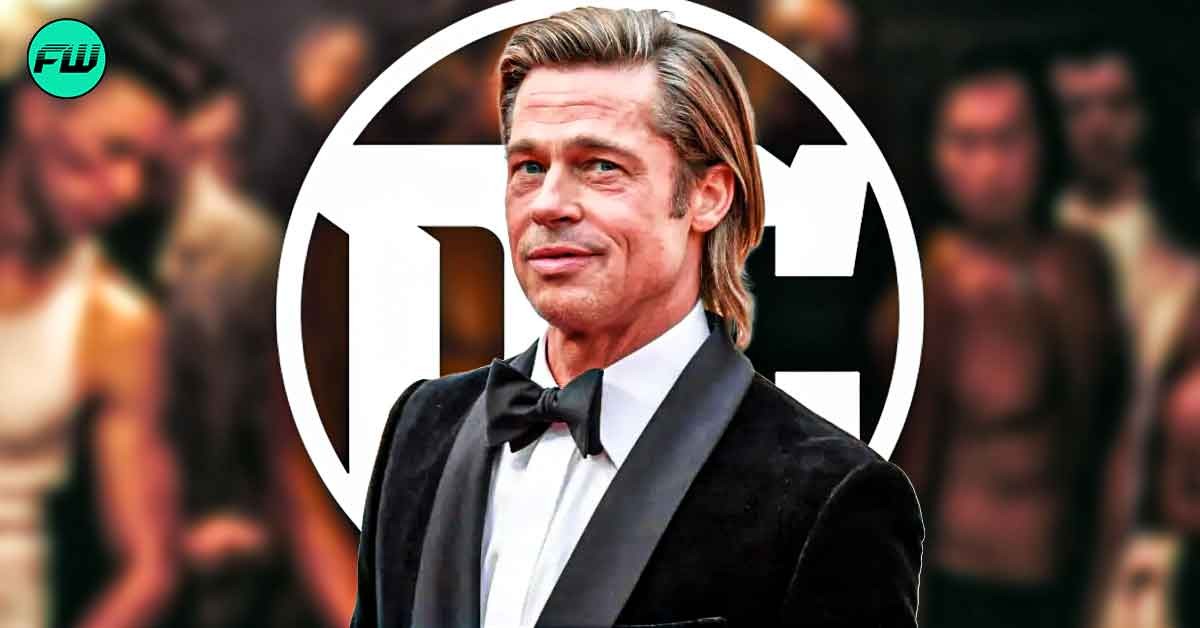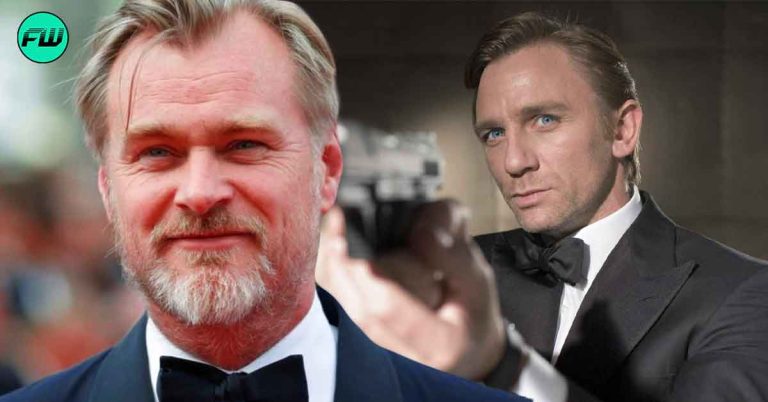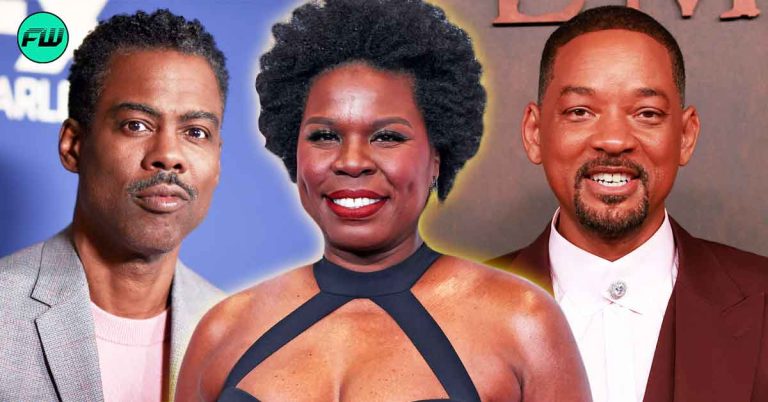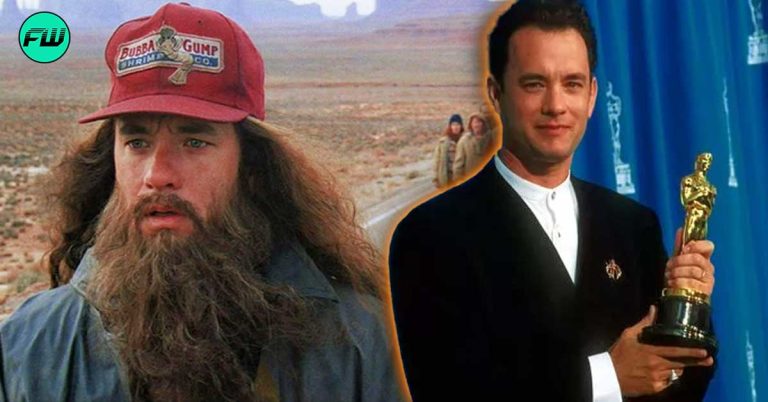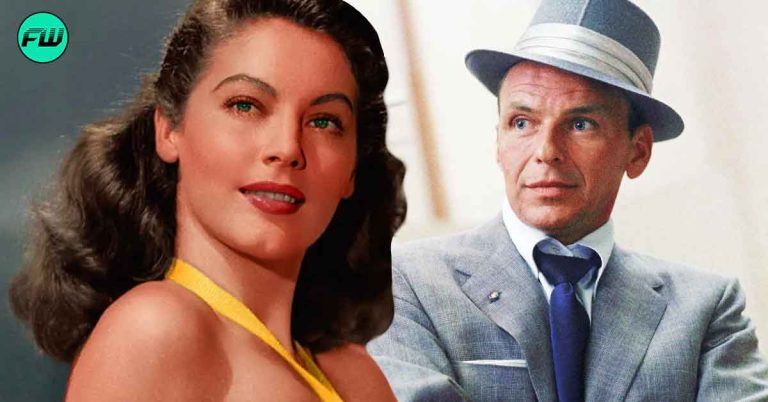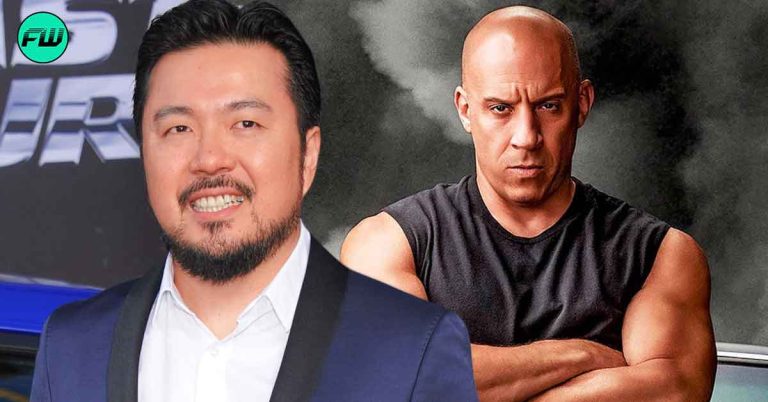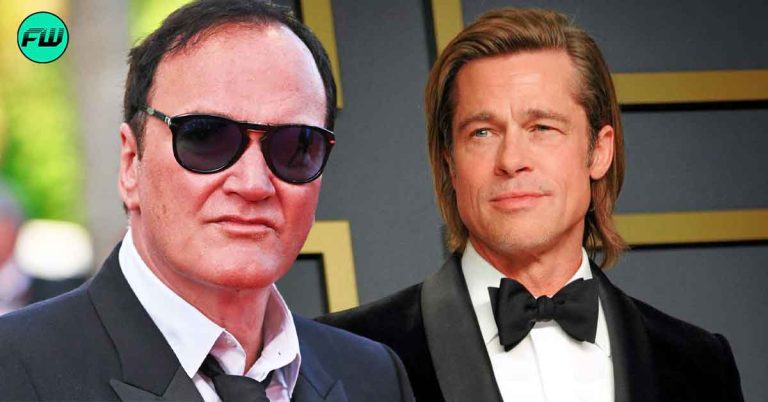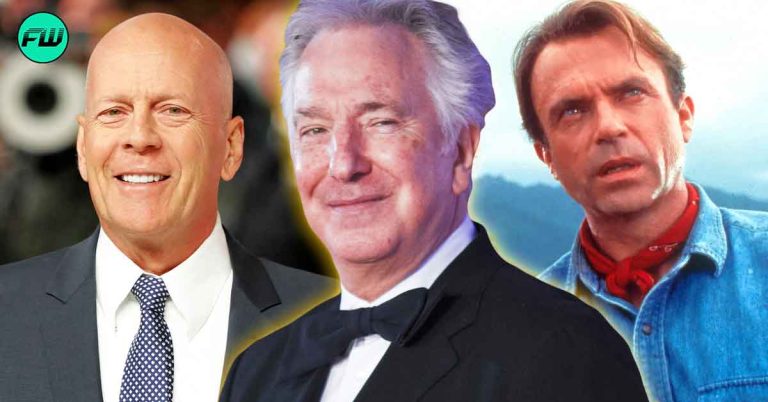Brad Pitt is the first person that anyone would think of when asked to name a good actor. It is only natural considering he is one of the most talented and well-recognized actors in all of Hollywood, having made a name for himself through some of the most iconic and most beloved films in the industry. His work in projects like Inglourious Basterds, Mr. and Mrs. Smith, Once Upon a Time… in Hollywood, and The Curious Case of Benjamin Button, showcase the skill that the actor holds, being, perhaps, the best dramatic actor in the industry, having some of the most versatile roles throughout his career.
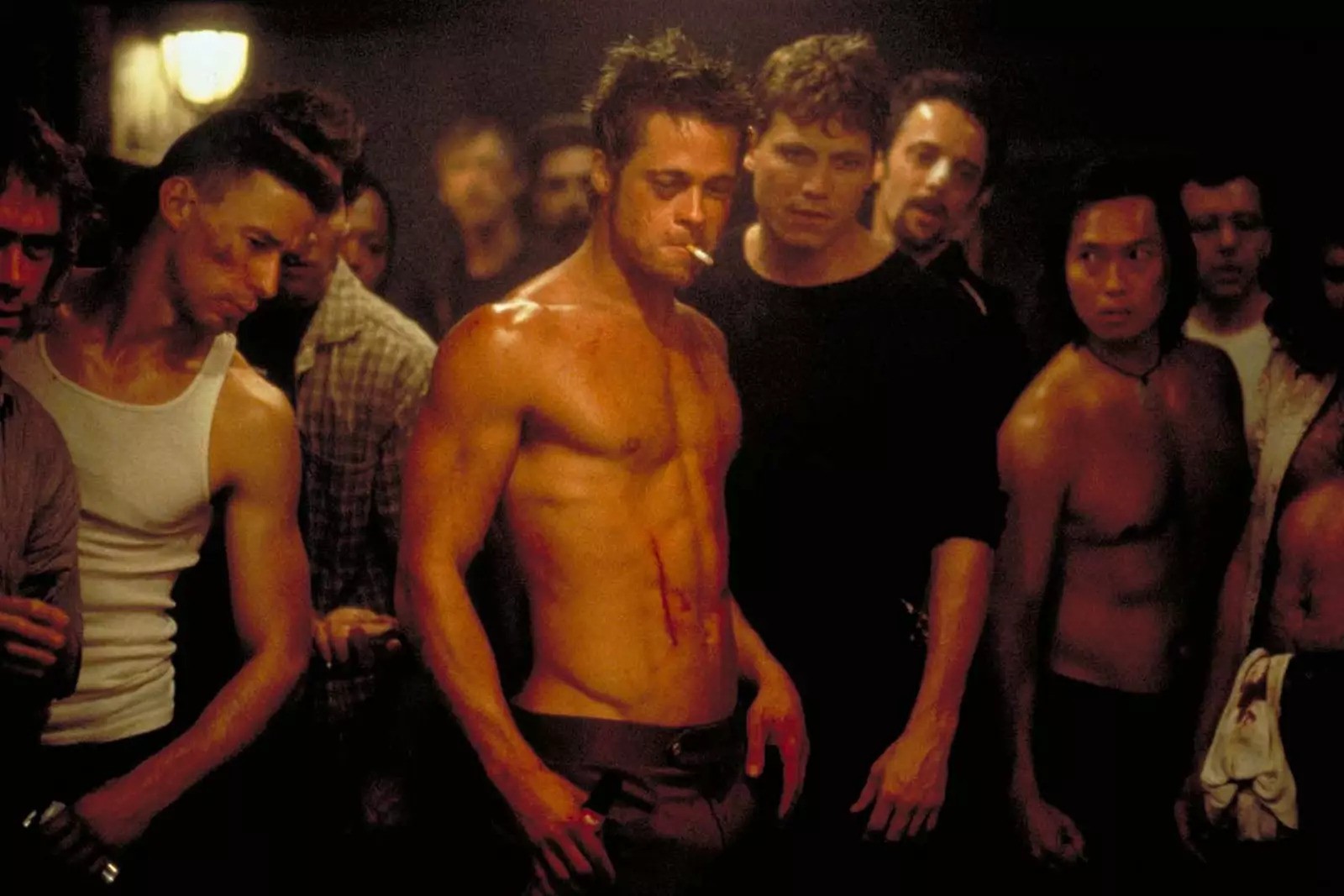
One of his most iconic and culturally significant films has to be the 1999 classic, Fight Club, where he starred alongside Edward Norton, Helena Bonham Carter, and even Jared Leto, best known for his work as the Joker in Suicide Squad. The movie definitely holds a special place in popular culture, being depicted in a book of the same name by Chuck Palahniuk. It is quite surprising to find out, however, that the creator of the book is not a big fan of how the film ended, as it chose a different ending from that of the novel.
The Creator Of The Book Fight Club Does Not Like The Ending Brad Pitt’s Film Chose
While promoting his recent book Not Forever, But For Now to Variety, Chuck Palahniuk reminisced on his massively successful book turned film, when he was asked if there was anything about the live-action that had not liked in the years after its release. After giving the question some thought, the writer revealed that the ending of the film was not as satisfactory for him compared to that of the book.
“I wasn’t a big fan of the ticking bomb, that counting down clock near the end. And [screenwriter] Jim Uhls stuck it in because there’s obviously such a trope, and I’ve grown to accept that it is a trope.” Palahniuk said to Variety.
The fact that the entire ending of the film was changed into something else, not being as dark as it was in the book was something that Palahniuk wasn’t the biggest fan of. He does, however, understand that screenwriter, Jim Uhls, made the changes that he did for a particular reason, to fit the trope that the film was going for. Though the writer prefers his own ending compared to that of the film, he has grown to understand the reasoning behind it.
What Was The Ending Of The Fight Club Book?
While the film is pretty much an exact remake of the book, there was one very important thing that was changed by the screenwriter that did not sit right with Chuck Palahniuk. While the film ends with the Narrator realizing that Tyler, Brad Pitt’s character, is not a different person, but rather a split of his personality. He also finds out that Pitt’s character has set a plan to erase the debts of many people by blowing up buildings that are used to house their credit records.
After trying and failing to disarm these explosions, and having an altercation with Tyler, the Narrator decides to shoot himself, nonfatally, through the mouth to kill Tyler’s personality, all the while watching these buildings explode. The ending in the book was much more different from this. For starters, there were no buildings that housed credit records, instead, Tyler wanted to die alongside the Narrator in an explosion.
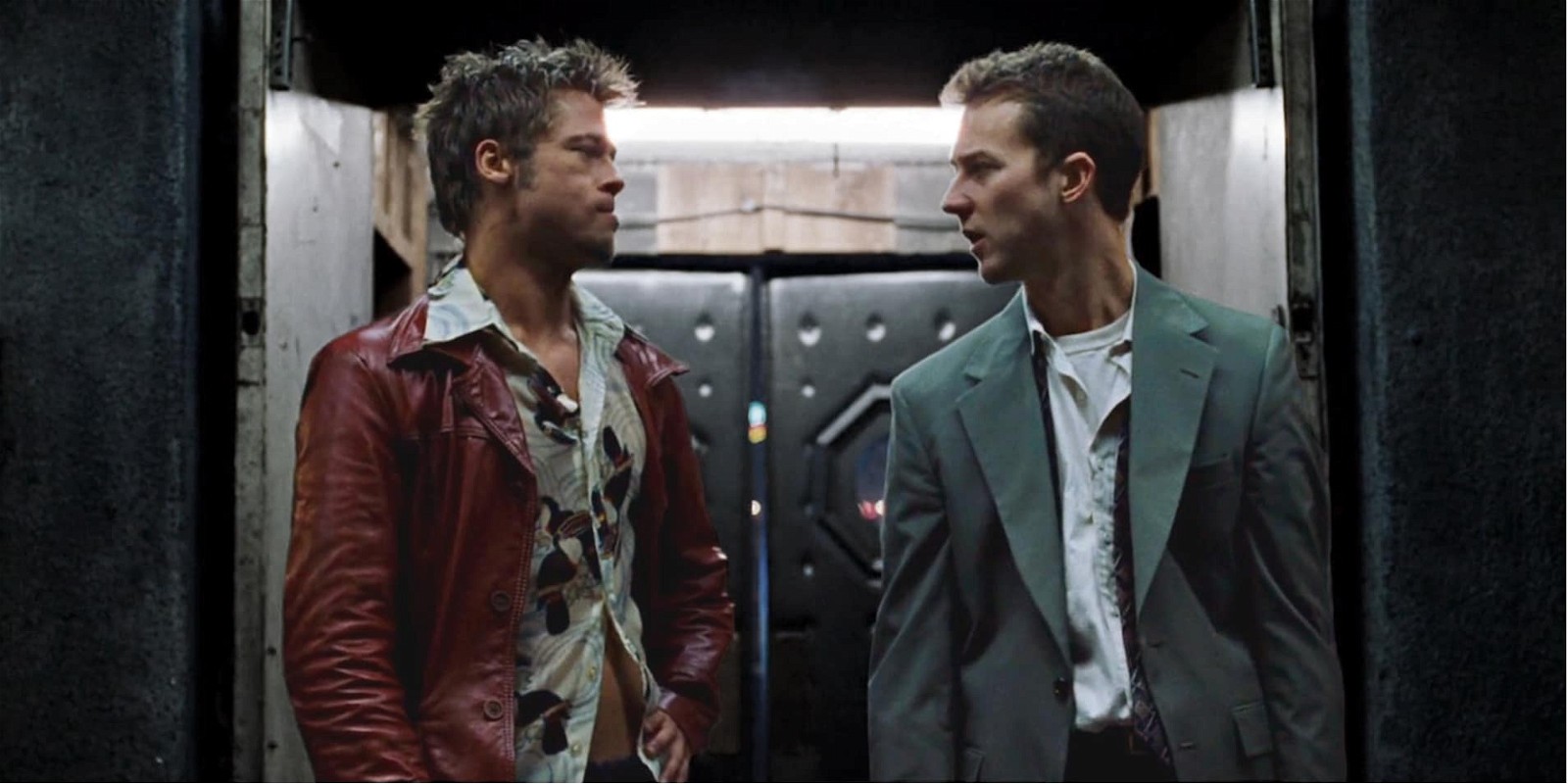
Another major change is the fact that Tyler’s plan does not succeed as the explosion malfunctions, The ending however stays the same as the Narrator ends up shooting himself to kill the alternate personality.
Source: Variety

